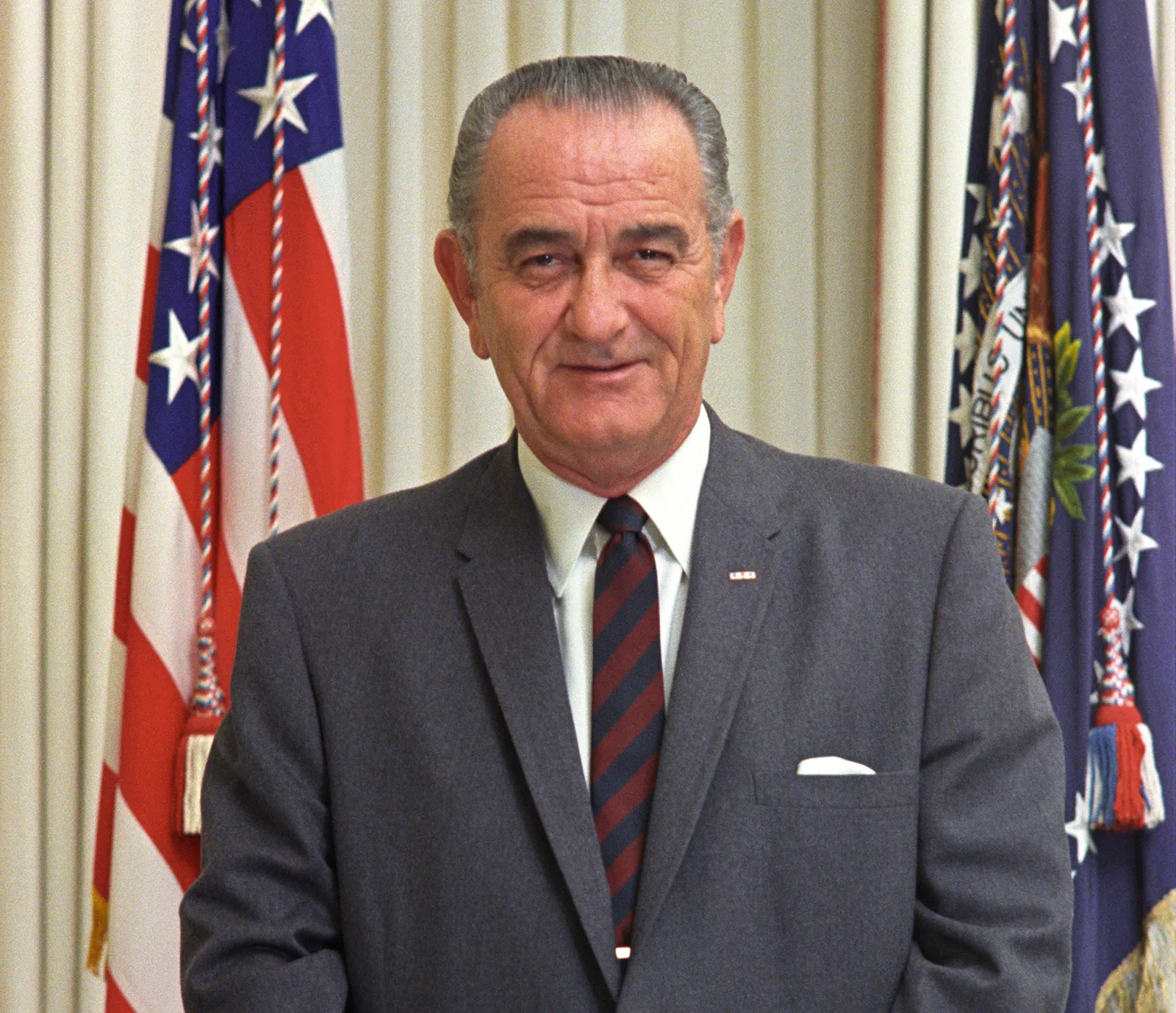The Great Society: Government as a Force for Good

Lyndon B. Johnson's Great Society was one of the most ambitious domestic reform agendas in U.S. history.
The Dive
The Great Society emerged out of national tragedy. After President John F. Kennedy’s assassination in 1963, Vice President Lyndon B. Johnson assumed office with unmatched knowledge of Washington’s inner workings—and a determination to pass sweeping reforms that Kennedy had only dreamed of.
In a landmark 1964 speech at the University of Michigan, Johnson laid out his vision for a 'Great Society', one that ended poverty and racial injustice, improved education and healthcare, and elevated the quality of life for all Americans.
Johnson’s first target was poverty. Influenced by Michael Harrington’s book 'The Other America,' he launched an 'unconditional war on poverty' with the creation of the Office of Economic Opportunity. Programs like Head Start, Job Corps, VISTA, and Legal Services were born to help the disadvantaged break out of generational cycles of poverty.
Between 1964 and 1966, Congress passed nearly 200 pieces of major legislation. These laws tackled everything from voting rights and racial discrimination to clean air and consumer protection. The sheer scope of this legislative push was unprecedented.
The Civil Rights Act of 1964 and Voting Rights Act of 1965 were landmark achievements. They outlawed discrimination based on race and dismantled barriers to voting, especially in the Jim Crow South.
The Elementary and Secondary Education Act of 1965 brought federal funding into public schools for the first time, particularly in low-income districts. The Higher Education Act provided scholarships and loans, widening college access for working-class students.
In healthcare, Johnson created Medicare and Medicaid in 1965. These programs gave millions of elderly and low-income Americans access to medical services—an enormous expansion of the social safety net.
The Immigration and Nationality Act of 1965 replaced racist quotas with a new system focused on family reunification and skills. This led to a dramatic increase in immigration from Asia, Africa, and Latin America.
The Great Society also addressed urban decay with the Housing and Urban Development Act, while promoting culture and knowledge through the creation of the National Endowment for the Arts and the Humanities.
Environmental reform wasn’t overlooked: legislation like the Clean Air Act and the Water Quality Act laid the groundwork for future environmental protection, while car emissions standards began taking shape.
Despite successes, Johnson’s dream was undermined by the escalating Vietnam War. As funds and political will shifted overseas, some programs stalled. Conservatives criticized the cost and scope of federal intervention.
Still, poverty fell from 22% in 1963 to 13% in 1968. Millions gained healthcare. Schools gained resources. And civil rights took major leaps. The Great Society reshaped America’s understanding of what government could—and should—do.
Why It Matters
The Great Society wasn’t just a collection of policies, it was a bold declaration that the federal government had a moral responsibility to lift people up. It defined the high point of American liberalism and left a lasting imprint on our healthcare system, schools, voting laws, and safety nets. Understanding its successes and limitations helps us navigate today’s debates over inequality, healthcare, education, and the role of government in our lives.
?
How did the Vietnam War affect the implementation of Great Society programs?
What are the long-term effects of Medicare and Medicaid today?
How did the Great Society expand the role of the federal government?
What criticisms did conservatives have about the Great Society?
In what ways is the Great Society still shaping current policy debates?
Dig Deeper
This video explains the major policies and impact of President Johnson’s Great Society reform agenda.
Related

The Voting Rights Act of 1965: Enforcing the 15th Amendment
How a landmark law transformed voting access in the South and gave real force to the promises of the 15th Amendment.

Birthright Citizenship: The Right of the Soil and the Right of the Blood
From English common law to the Fourteenth Amendment, birthright citizenship has shaped who belongs in America — and who is excluded.

The New Deal: Fighting Depression with Bold Ideas
Faced with economic collapse, President Franklin D. Roosevelt launched a revolutionary plan to rebuild America from the ground up. The New Deal wasn’t just policy—it was a bold experiment in hope, action, and government responsibility.
Further Reading
Stay curious!
